Course Overview
The Level 3 Diploma qualification has been created primarily to provide a coherent programme of delivery for training centres providing the off-the-job training to apprentices registered on the Wellbeing and Holistic Therapist standard. The qualification translates the skills, knowledge and behaviours detailed in the apprenticeship standard into units and assessment criteria using the related NOS (national occupational standard). The qualification can also stand alone to equip learners with the necessary practical skills, knowledge and understanding to gain employment within the beauty, spa, wellness and holistic industry.
Units
To achieve this qualification a learner must successfully complete seven units, all six mandatory units, and at least one unit from the optional section:
Mandatory
- Anatomy, physiology and pathology
- Implement health, safety, and hygiene
- Client consultation and profiling
- Body Massage
- Holistic head, neck and shoulder massage
- Thermal therapy massage
Optional
- Wellbeing and holistic therapy
- Massage using advanced techniques
- Thai massage
Learning Outcomes
- Anatomy, physiology and pathology – learners will gain knowledge of the; structure and function of the body systems and their interdependence on each other, the relative and absolute contraindications and related pathologies.
- Implement health, safety, and hygiene – learners will be able to implement their advanced knowledge and understanding of health, safety, and hygiene practices through research of legislation, policies, and procedures. The learner will analyse and review policies and procedures for refinement when
implementing health, safety and hygiene for the salon, self, and clients for services/treatments. - Client consultation and profiling – underpins all the practical technical units within the qualification.
Learners will be able to conduct a concise consultation to develop and create client lifestyle profiles from which wellbeing experiences and holistic therapy treatment plans can be produced and tailored to meet the individual needs of clients, to achieve the desired wellbeing and holistic outcome/s. - Holistic head, neck and shoulder massage – based on the principles of traditional Indian Head Massage, learners will gain the skills and knowledge to provide holistic scalp, face, neck, décolleté and upper shoulder massage treatments adapted to client’s needs.
- Thermal therapy massage – learners will gain the skills and knowledge to provide body massage treatments using thermal therapy equipment including handheld tools or preparations that emit temperature and require heating or cooling prior to treatment.
- Wellbeing and holistic therapy – learners will gain the skills and knowledge to provide individualised wellbeing and holistic therapy treatments blending essential oils to create the therapeutic experiences and treatments.
- Massage using advanced techniques – learners will gain the skills and knowledge to use alternative massage techniques, which may include manual acupressure or lymphatic drainage massage and the use of non-thermal handheld tools.
- Body massage – learners will develop the knowledge and skills to perform fundamental Swedish style body massage. They will learn the benefits and effects of massage, the massage techniques including effleurage, petrissage, tapotement, frictions and vibrations and the importance of adapting the massage rhythm, speed and pressure to suit client’s comfort, satisfaction and for the desired outcome.
- Thai massage – learners will gain knowledge and understanding of the traditional eastern principles, historical and cultural background and the skills to perform Thai massage, which combine elements of yoga, acupressure and shiatsu to improve client’s wellbeing, body balance and harmony.
Entry Requirements
- This qualification is designed for learners aged 16 years and older who have achieved a Level 2 qualification or apprenticeship in Beauty Therapy or have appropriate industry experience for direct entry at Level 3. Centres are responsible for ensuring that this qualification is suited to the ability of learners.
- The qualification has been designed to be accessible without artificial barriers that restrict access and progression. Entry to the qualification will be through centre interview and learners will be assessed on an individual basis.
